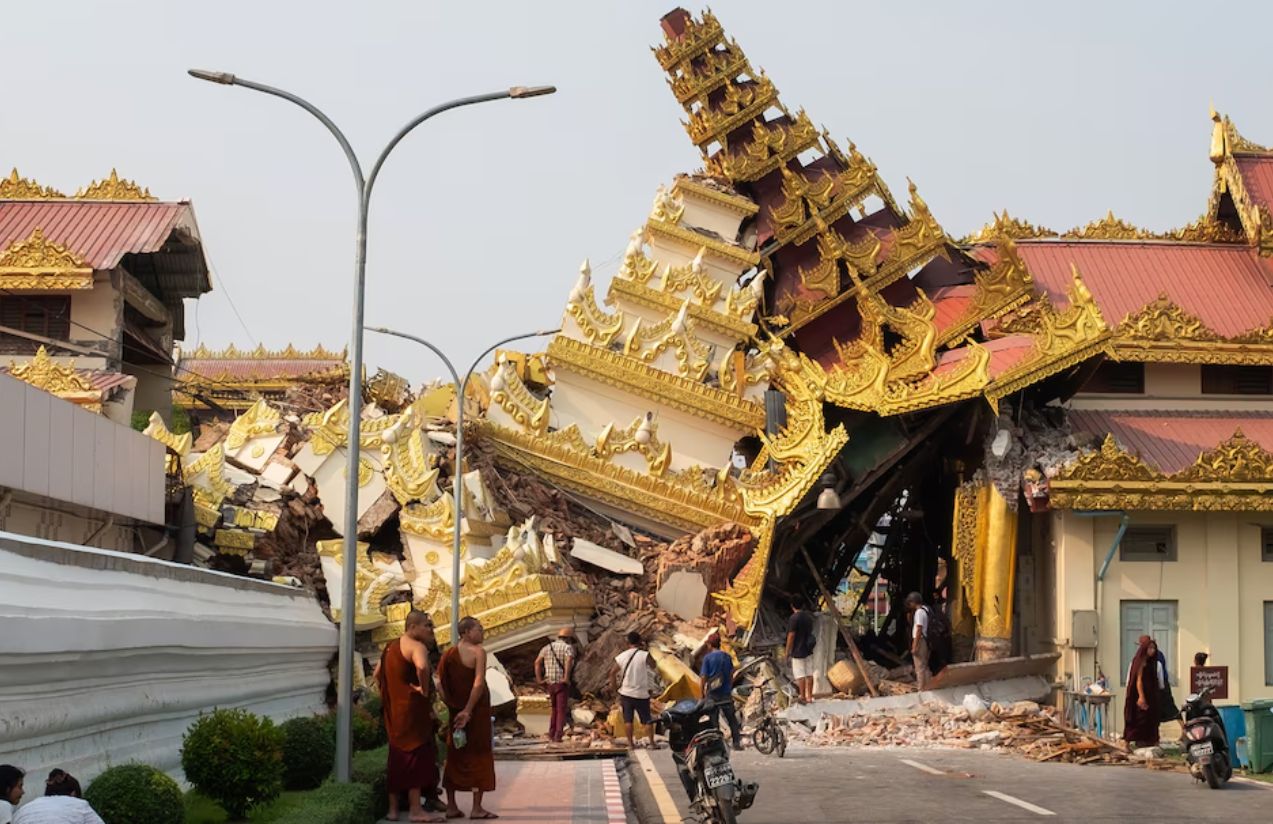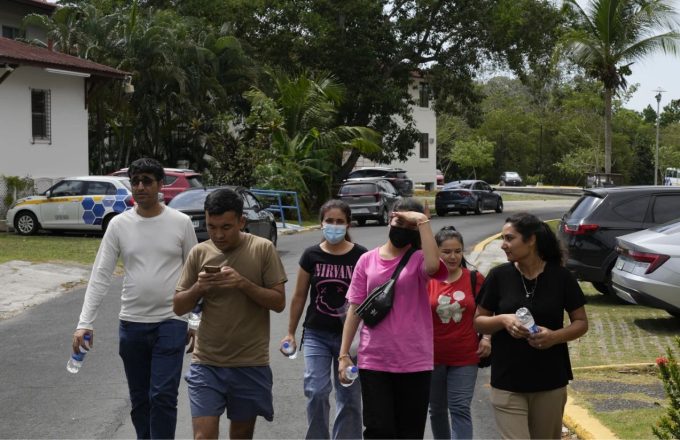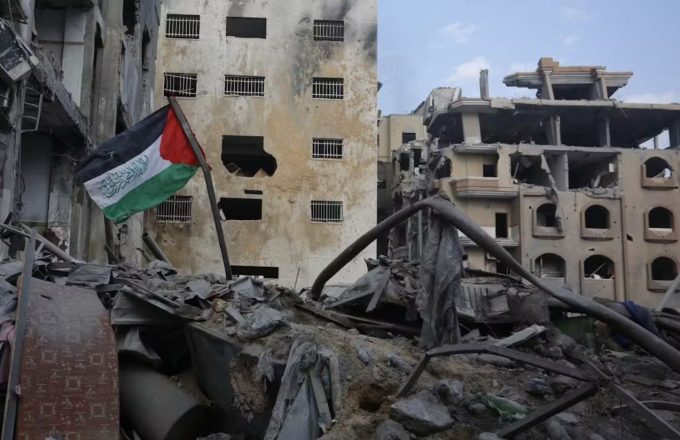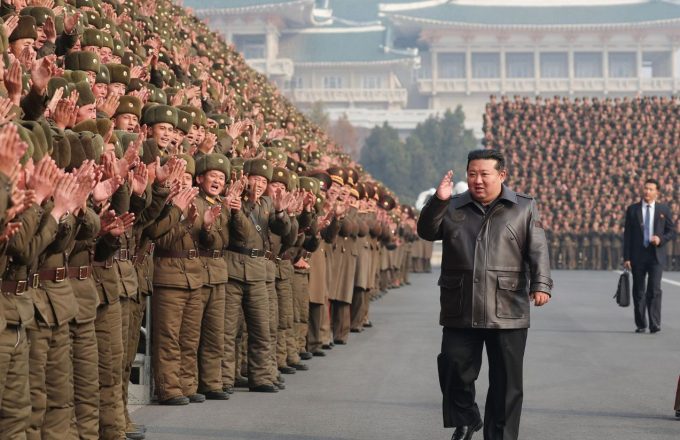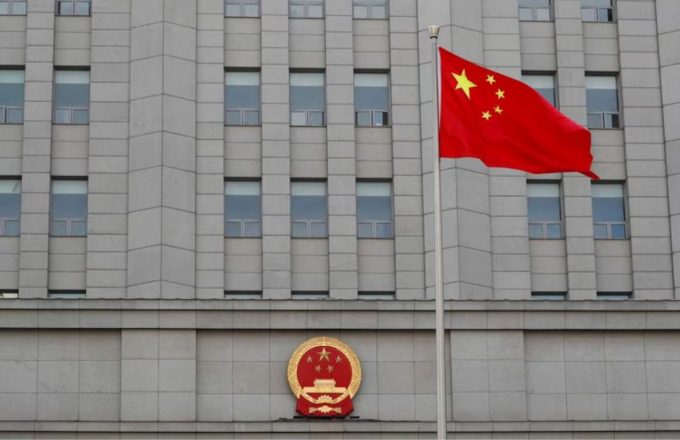On Friday, a 7.7-magnitude earthquake struck central Myanmar, causing severe material damage in the administrative capital, Naypyidaw, and triggering tremors felt in Thailand and southern China, according to the United States Geological Survey (USGS).
The epicenter was located northwest of the city of Sagaing at a shallow depth, which amplified its impact on the surface. The quake occurred in the afternoon and was followed minutes later by a 6.4-magnitude aftershock in the same region, heightening alarm across the area.
The disaster has left at least 1,600 dead and 3,408 injured, according to the latest official report. However, the death toll continues to rise as local authorities and rescue teams reach the most affected areas.
Among the material damages, the collapse of the control tower at Naypyidaw International Airport in Myanmar stands out, resulting in the deaths of all on-duty personnel, according to the NGO Caritas Australia.
Myanmar’s military junta reported the destruction of more than 2,600 buildings, including homes, churches, schools, and pagodas. In a statement broadcast by state television MRTV, the regime reported that the initial earthquake toll was 1,002 dead, 2,376 injured, and 30 missing.
The earthquake was recorded on Friday at 12:50 local time (6:20 GMT) at a depth of 10 kilometers, with its epicenter between the cities of Sagaing and Mandalay, the latter being Myanmar’s second-largest city, about 17 kilometers from both locations, according to the USGS.
Experts believe this may have been the strongest earthquake in Myanmar in decades and warn that, based on disaster modeling, the death toll could rise to tens of thousands.
The USGS estimates a 35% probability that the number of fatalities could range between 10,000 and 100,000. Additionally, it calculates that the financial cost of the disaster could reach tens of billions of dollars, surpassing even the country’s GDP.
Given the severity of the situation, China announced the shipment of 100 million yuan (approximately $13.8 million) in emergency humanitarian aid at the request of Myanmar’s military junta. This assistance includes two rescue teams and supplies such as tents, blankets, first aid kits, food, and drinking water, according to Li Ming, spokesperson for the China International Development Cooperation Agency (CIDCA).
The first Chinese rescue team arrived in Yangon, Myanmar’s largest city, on Saturday morning and is expected to head quickly to the affected area for on-site rescue operations.
Meanwhile, the United Nations (UN) activated its emergency mechanisms and allocated five million dollars to the Central Emergency Response Fund to support relief efforts in Myanmar and Thailand.
The UN’s head of Humanitarian Affairs, Tom Fletcher, stated that emergency teams are responding quickly and assessing damages and urgent needs. Meanwhile, the World Food Programme (WFP) warned that a quarter of Myanmar’s population is already facing severe food insecurity, and the UN estimates that 20 million people will require humanitarian assistance this year.


